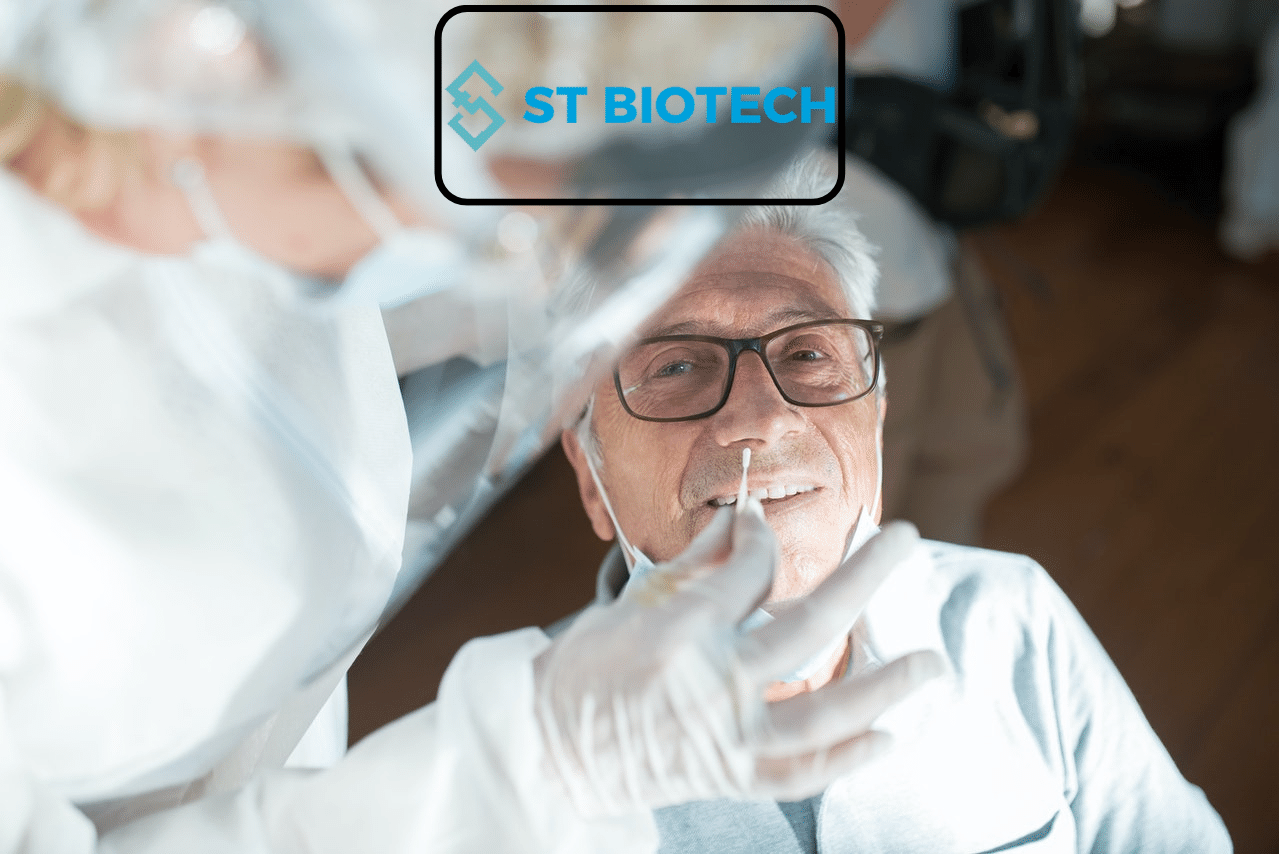What is a nasal swab?
A nasal swab is a test that looks for viruses and bacteria that might cause respiratory illnesses in the nose and throat.
There are many different forms of respiratory infections to choose from. A nasal swab test can assist your healthcare practitioner in determining the type of illness you have and the most appropriate treatment for you. Take a sample of cells from your nose or the back of your throat to be tested for the disease.
What is a nasopharyngeal swab?
The nasopharyngeal swab method obtains a sample from the nasopharynx, which is the top region of the throat behind the nose and is the most common type of sample collection. The patient is asked to insert a small, mini-tipped swab into their nostril parallel to their chin until they feel resistance.
When it comes to nasopharyngeal swabs, the most common types are those with a small tip composed of an ultrafine flocked material. And also those with a thin, flexible handle made of polystyrene or polypropylene swabs are also popular now.
Some companies have put a lot of thought into designing swabs that favor efficient testing, optimizing the collection of as many specimens as feasible while also considering the patient’s comfort.
How does the nasal swab work?
It is necessary to use the nasal swab procedure to get a diagnostic sample from the nasal membrane. The nasal swab test (also known as an anterior nasal test) involves inserting a swab into the nostril about 0.5-.Seventy-five inches deep and rotating it for 10-15 seconds while touching the sides of the nasal wall in one nostril, then collecting the same sample in the other nostril with the same swab in the same manner. The fact that this procedure is less invasive means that it is generally more comfortable for the patient—and it is also the method utilized when self-testing.
Swabs used for the nasal method of the collection have a medium-sized tip that is made of an absorbent material, which is typically flocked fibers, spun polyester, or medical-grade foam. Swabs used for the nasal method of the collection have a medium-sized tip that is made of an absorbent material, which is usually flocked fibers, spun polyester, or medical-grade foam. When doing this diagnostic testing, the polystyrene handle of the nasal swab is typically utilized.
What is the procedure for nasopharyngeal swabbing?
The nasopharyngeal collection method obtains a sample from the nasopharynx, which is the top region of the throat behind the nose. And also, it is the most common type of sample collection. The patient is asked to insert a small, mini-tipped swab into their nostril parallel to their chin until they feel resistance. This means that the swab should be inserted no more than halfway between the nostrils and one’s ear.
After that, the swab will be rotated a few times while being held in place and then slowly removed while being softly turned. If the tip of the swab is completely saturated with the material, it may not be necessary to collect samples from both nostrils simultaneously. This approach is generally thought to be less comfortable for the patient, although it is not believed to be painful. This approach should not be used for self-testing and should only be carried out by a healthcare professional in this situation.
Effectiveness of nasal swab vs. nasopharyngeal swab against Covid-19.
Detection of patients with SARS-CoV-2 infection aids in the reduction of viral transmission that results in the development of COVID-19 disease. It thus aids in the containment of the spread of viral infection. There are a variety of diagnostic tests available to aid in the diagnosis of this condition. A PCR method is one of the most widely used since it is specific and sensitive. The smear for the collection of the sample can be performed using any of three methods: oropharyngeal swab, nasal swab, and nasopharyngeal swab, with the latter being the gold standard for the detection of SARS-CoV-2.
There is evidence to suggest that the source of the samples has an impact on the accuracy of the virus’s identification. According to what was previously known, collecting a sample with a nasopharyngeal swab enhanced the likelihood of obtaining a more accurate diagnosis when compared to collecting the sample with a nasal or oropharyngeal swab.
One of the differences between the different swabs is the location where the smear is produced, and where the sample is taken from. In contrast, the inferior turbinates are used for the nasal swab, while the nasopharyngeal swab is used to reach the rear of the nostrils until it meets the pharynx wall oropharyngeal swab is used in the back of the throat.
Based on a number of investigations, the World Health Organization has approved nasopharyngeal swabbing as the gold standard for detecting SARS-CoV-2. This shows that the use of nasopharyngeal swabs is a specialized detection approach with higher sensitivity than other detection methods. The sensitivity of nasal and nasopharyngeal samples was tested in a recent study published in the American Society for Microbiology.
The results showed that nasal samples were more sensitive. This group of patients was exposed to molecular testing, which included the use of one nasopharyngeal swab and one nasal swab per patient for testing. At the end of the trial, it was confirmed that the usage of the nasal swab has a sensitivity that is practically identical to that of the nasopharyngeal swab.
Shortly put, nasal samples have demonstrated high sensitivity and specificity in the detection of SARS-CoV-2. They can be used in place of the nasopharyngeal swab in the identification protocol of the virus that causes the COVID-19 infection if you want to avoid the discomfort and irritation caused by the latter procedure, as well as the need for more specialized personnel to collect the sample in the first place.




